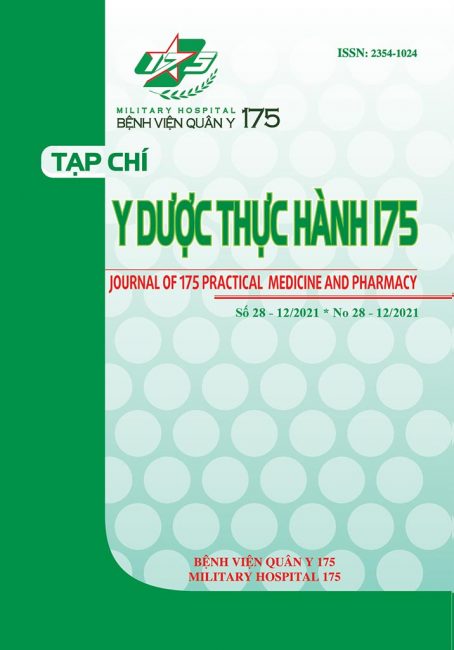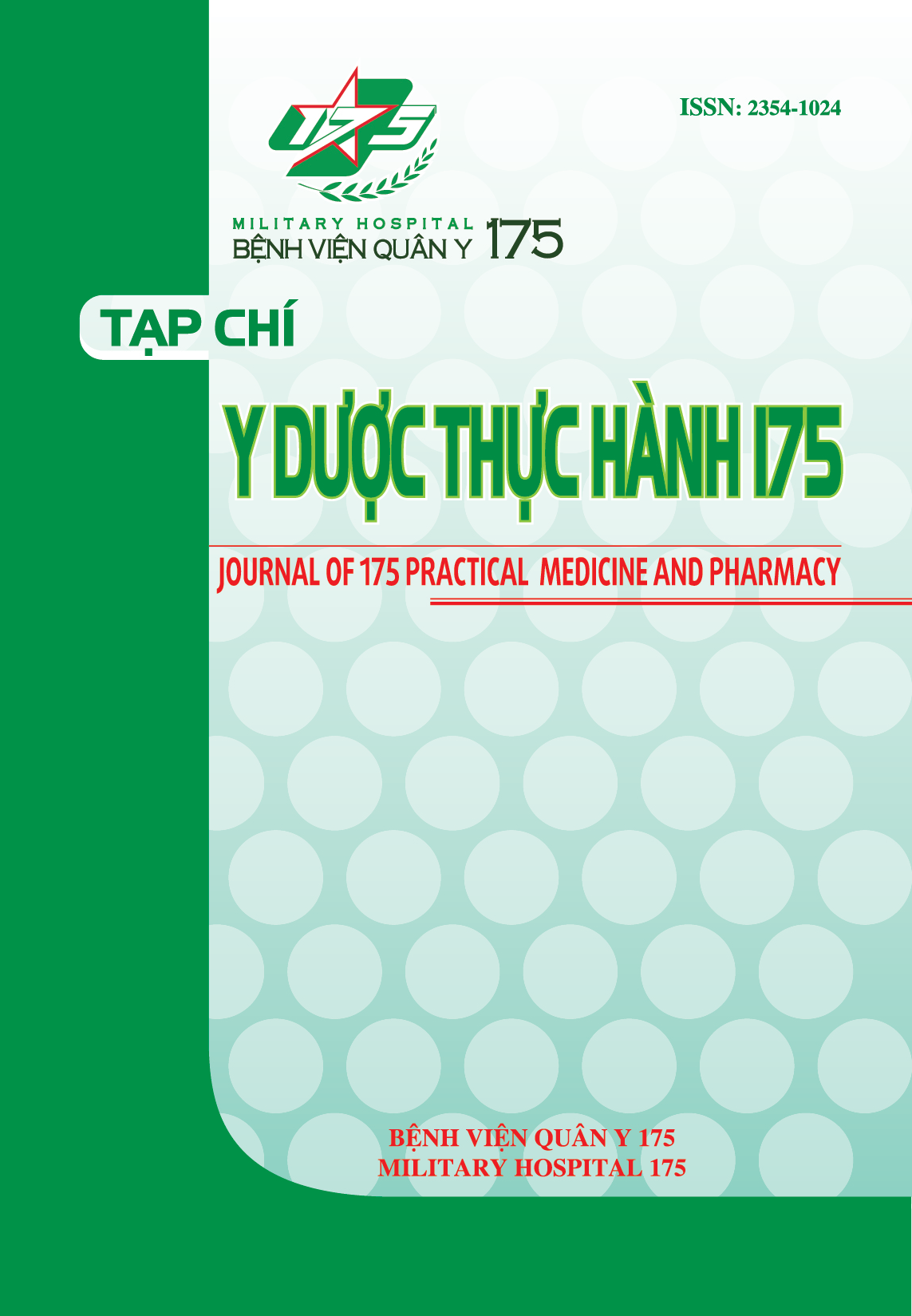ĐỘ NHẠY VÀ ĐỘ ĐẶC HIỆU CÁC TIÊU CHUẨN LÂM SÀNG TRONG CHẨN ĐOÁN HỘI CHỨNG ỐNG CỔ TAY
Các tác giả
DOI: https://doi.org/10.59354/ydth175.2021.77Từ khóa:
Hội chứng ống cổ tay, dấu hiệu Tinel, nghiệm pháp Phalen, nghiệm pháp Durkan, teo cơ mô cáiTài liệu tham khảo
Nguyễn Thị Bình (2016), “Biến đổi dẫn truyền thần kinh giữa ở bệnh nhân mắc hội chứng ống cổ tay”, Tạp chí nghiên cứu y học, tập 99 (1), tr. 24-31.
Lê Thị Liễu (2018), Nghiên cứu đặc điểm lâm sàng, điện cơ và siêu âm Doppler năng lượng trong hội chứng ống cổ tay, Luận án tiến sĩ y học, Trường Đại học Y Hà Nội.
M. Ceruso (2007), “Clinical Diagnosis”, Carpal Tunnel Syndrome, Springer, vol. 8, pp. 63-68.
S. Falkiner (2002), “When exactly can carpal tunnel syndrome be considered work-related”, ANZ J Surg. , vol. 72 (3), pp. 204–209.
M.P. Gaspar (2019), “Sleep disturbance and response to surgical decompression in patients with carpal tunnel syndrome: a prospective randomized pilot comparison of open versus endoscopic release”, Acta Biomed, vol. 90 (1), pp. 92-96.
R. Luchetti (2007), “Etiopathogenesis”, Carpal Tunnel Syndrome, Springer, vol. 4, pp. 21-27.
Okan Küçükakkas (2018), “The diagnostic value of clinical examinations when diagnosing carpal tunnel syndrome assisted by nerve conduction studies”, Journal of Clinical Neuroscience, Elsevier.
Tải xuống
Tải xuống: 250










